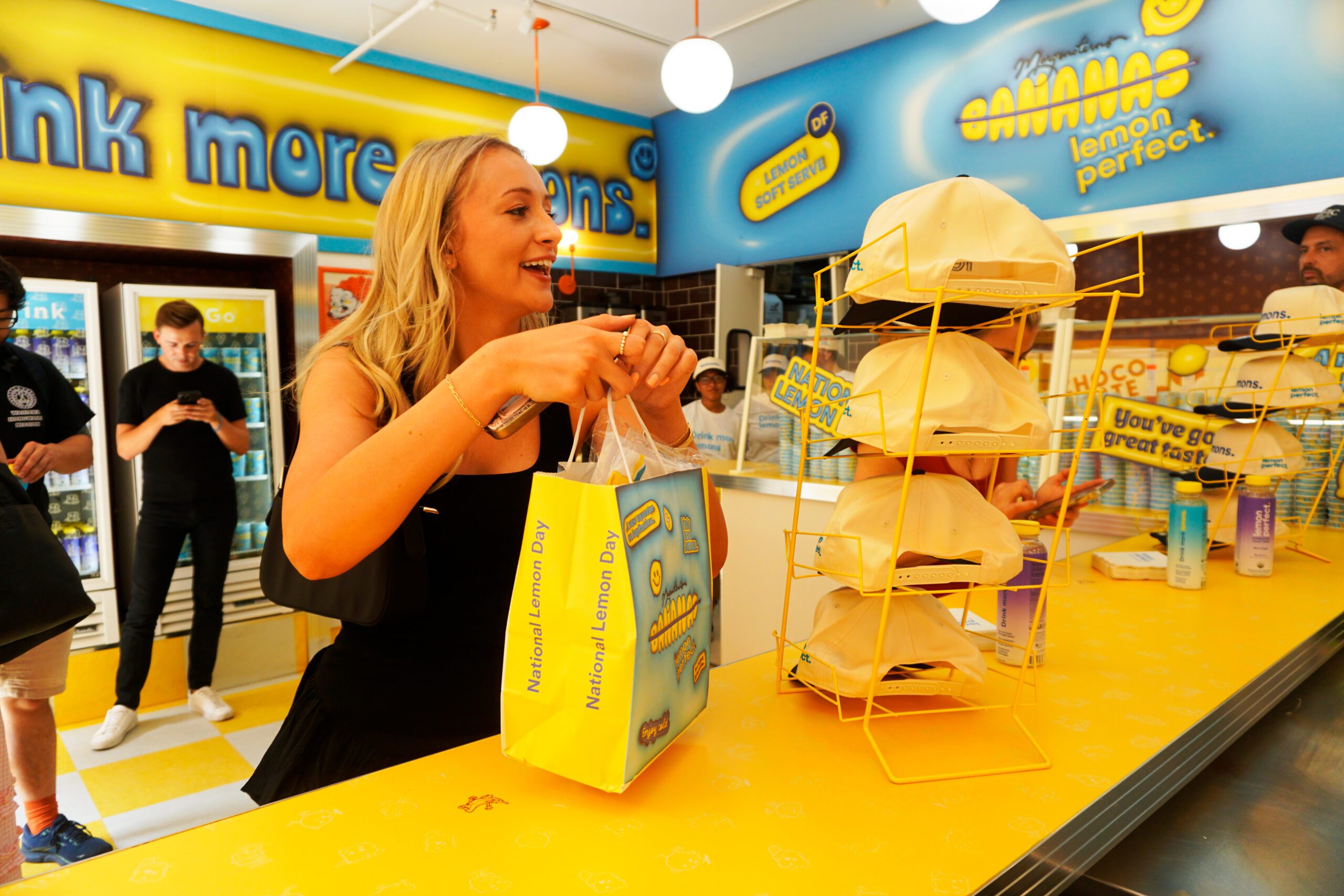
- Branding
Creating an Identity for Your Growing Business
Birth of a Brand
There’s a marketing adage that neatly sums up the distinction between a product and a brand: Companies make products, but consumers make brands. A product is something physical, tangible. An iPhone, a car, a pair of sneakers? All products. Apple, Subaru, Nike? Brands.
“A product is made by a company and can be purchased by a consumer in exchange for money,” explains insights technology company Aytm. “Brands are built through consumer perceptions, expectations, and experiences with all products or services under a brand umbrella.” Apple’s products include iPhones, Subaru makes cars, Nike sells athletic footwear and apparel.
Without a product, of course, brand is superfluous. But what if you’re a fledgling company with a solid product (or a few), looking to make the perceptual leap to brand-ness? Whether you plan to create and manage your brand in-house or working with an agency, here are some steps toward developing the conceptual underpinnings necessary to make that jump.
Research Your Target (or Existing) Audience
To build a brand around your first few product offerings, it’s critical that you find out who the customers are who’ll make that brand happen. “Everything stems from this,” says a recent Shopify post. “Defining your audience in detail helps you build a brand that speaks directly to it.”
You might already have a good idea who’s buying the product — expand on that knowledge by running surveys and talking to customers. Do a little social media snooping to find out what your followers are into, what interests and concerns they’re most engaged with, and what other brands they follow. You might think you already know who your customers are, but until you’ve done the research, you don’t know them fully. “The reality is that different people respond to different tones, aesthetics, and brand personalities,” says a recent post on Adobe Experience Cloud. “If you start by considering what that audience is looking for, you’ll have much less trouble designing a brand that engages and connects with them.”
Research Your Competitors
One goal of branding is to identify your own particular niche in the market, and creating a unique, relevant niche can happen only when you understand the competitive environment, says Shopify. Start by googling your product or service category to find out who those competitors are. Ask current customers what other brands they buy from, and why. Pretend you’re a customer, and shop online or in person to understand the experience of browsing for and buying products. Keep up with industry trends by reading publications, checking out Google Trends, and following social media accounts of competitor brands, influencers, and industry luminaries.
Determine Your Brand’s Voice and Personality
Your brand’s personality is what will speak most clearly to your ideal customers — the people your brand needs to connect with. “A strong POV [point of view] will speak to the audience you care about most. It will tell this group that your brand is for them,” says Shopify. How to find this voice? Website platform Wix recommends making a list of characteristics: “Compose a list of adjectives describing your company’s character, as if talking about a person. Would it be better portrayed as classy or trendy? Is it reliable and mature, or edgy and youthful?”
Another option: Consider which of the five “brand personality” types will most resonate with your target audience. “The purpose of building a brand personality is to drive positive consumer actions that benefit the business,” says Investopedia. “Customers are more likely to spend money on products from a company with a brand personality that’s similar to their own.”
Write Your Brand Story
Storytelling is a powerful means of connecting with consumers. Stories are also memorable in a way that lists of facts aren’t. More than just a “where we started” paragraph on your website’s About page, “Your brand story is the autobiography of your business and sometimes your own story as a founder,” says Shopify. “It’s a useful tool for branding because it humanizes your business to create meaningful connections with customers.”
For an outline of what to include in your brand story, Adobe recommends the book Building a StoryBrand by Donald Miller. Miller’s framework “starts with a character — your customer — and a problem. The character meets a guide who gives them a plan and a call to action to help avoid future failure. This simple formula can be used by casting your brand as the guide and your unique value proposition as the plan.” Depending on your industry, history, and products, however, your brand might not need this kind of story. Often, the founder’s initial inspiration and journey toward creating the product/s offer a compelling story all by themselves.
With a fuller understanding of your audience, niche in the marketplace, brand personality, and brand story, you’ll be well positioned to begin developing more tangible aspects of your brand’s presentation: look, logo, and brand assets; a brand style guide; a tagline; even the brand’s name. But ultimately, the test of any brand’s identity is how it lands with customers. It’s relatively easy to make and sell a product, and to communicate its usefulness. A brand, however, doesn’t fully exist until individuals experience it and grow to trust it. As Aytm notes, “It takes time and effort to convince consumers to believe in your brand.”
Promobile Marketing is a dynamic experiential marketing agency based in New York City. For over a decade, Promobile Marketing has collaborated with a range of brands—from budding startups to major CPG brands—on immersive marketing campaigns. Get in touch to discuss your next project.


